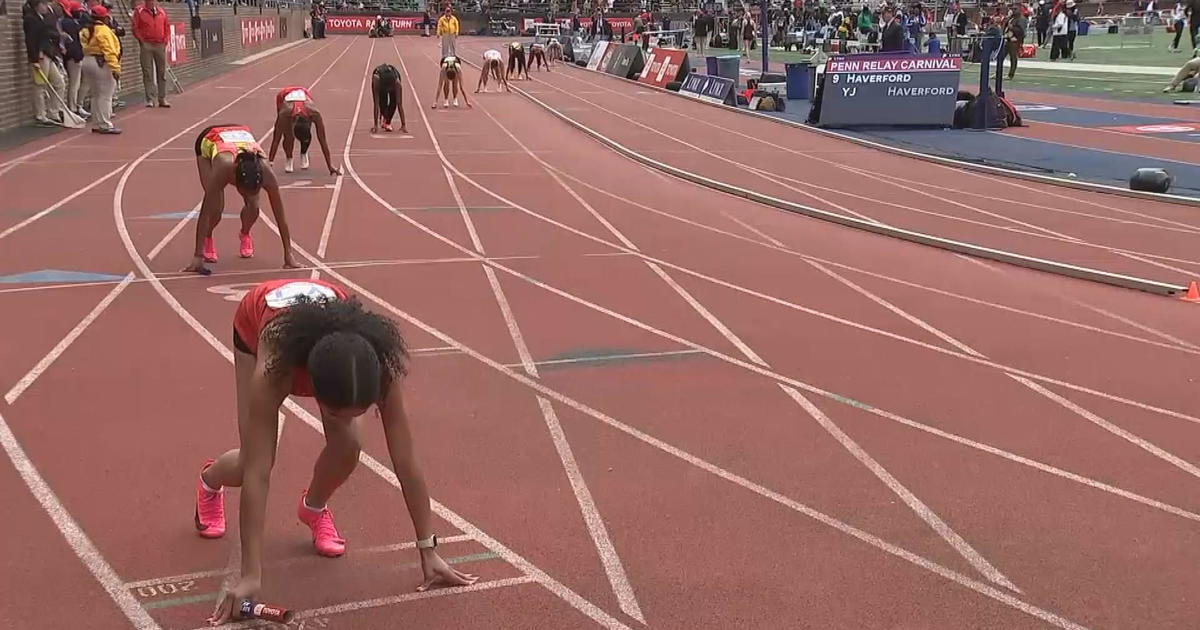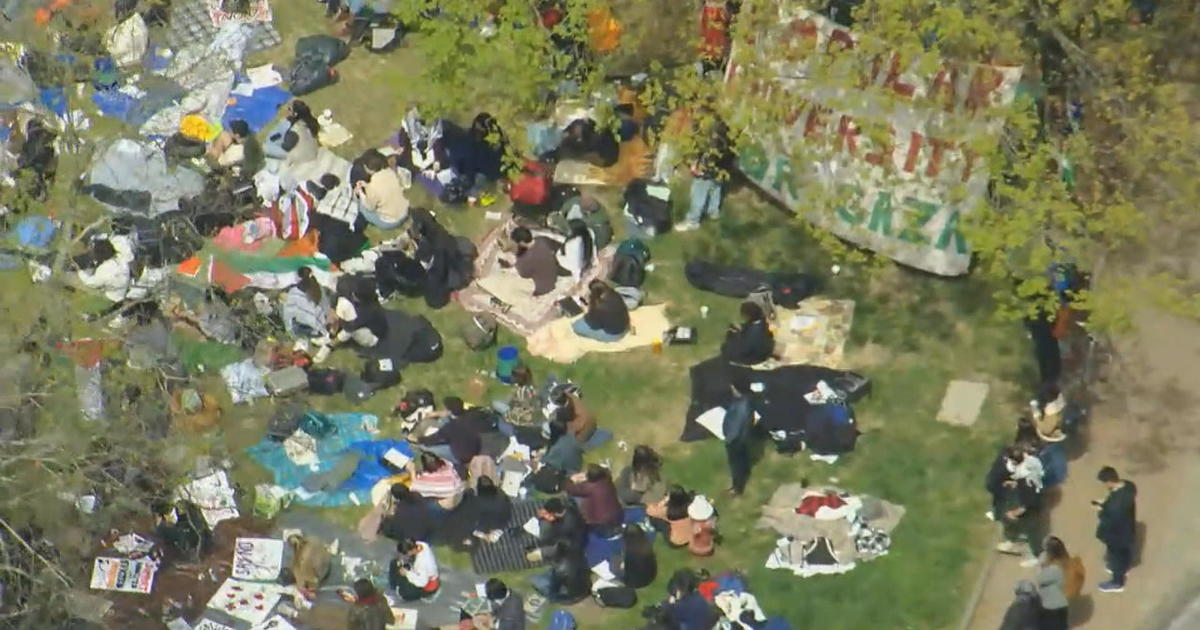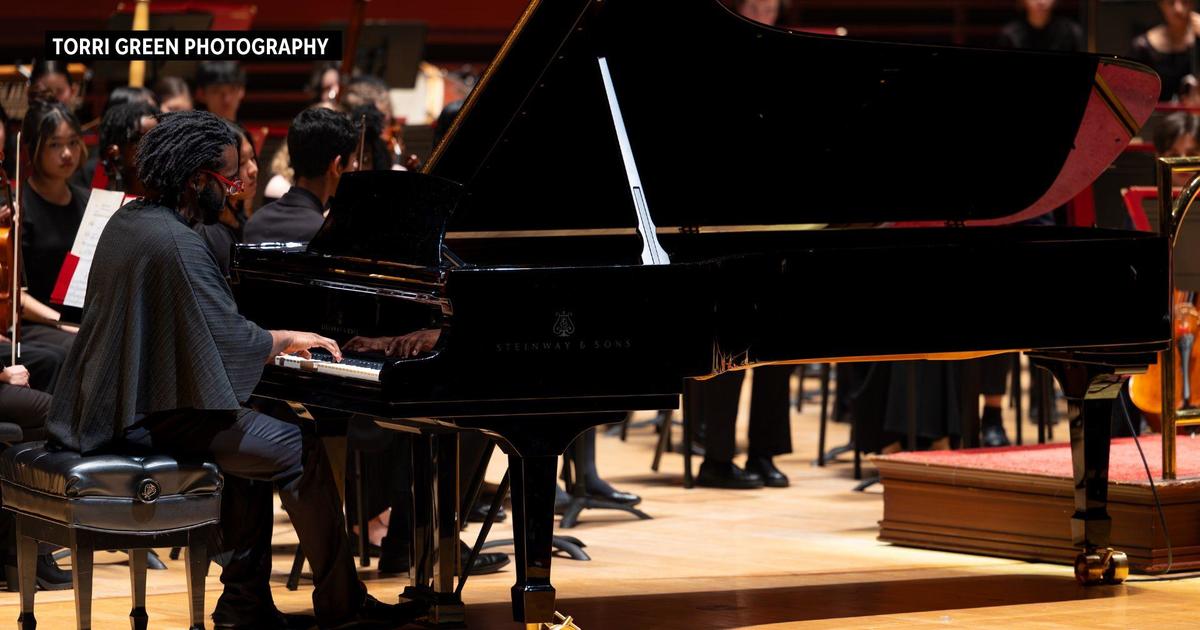Study: Social Networks Influence Voter Turnout
By Chelsea Karnash
SAN DIEGO, CA (CBS) – New research out of UC–San Diego shows that social networks can influence political participation.
In the large-scale experiment published in Nature, more than 60 million people on Facebook on Nov. 2, 2010 saw a non-partisan message that said "Today is Election Day" and featured a clickable "I Voted Button," a link to local polling places, a counter displaying how many Facebook users had already voted and up to six profile pictures of users' own Facebook friends who had reported voting.
About 600,000 people (1%) were randomly assigned to see a modified "informational message" that was identical except for the pictures of the user's friends. The control group, made up of an additional 600,000 people, saw no Election Day message at all.
The study's leaders then compared the behavior of the people who received the social message with those who had received the informational message and with those who had received no message at all.
What they discovered was that users who had received the social message—featuring the photos of their Facebook friends—were more likely than the other two groups to look for a polling location and click the "I Voted" button.
Of course, this doesn't mean that those people all actually went out and voted. To estimate how many people actually did, the team used public voting records and developed a technique that prohibited Facebook from knowing which users were actually registered and voted but allowed researchers to compare turnout between those who saw the online message and those that didn't. About 4% of those who said they'd voted hadn't.
What's significant though, is that rates of actual voting were highest in the group that received the social Election Day message—the one with their friends' profile pictures. Meanwhile, those who received no message or a message without photos were no more likely to vote than before.
"Social influence made all the difference in political mobilization," says James Fowler, the study's author. "It's not the 'I Voted' button, or the lapel sticker we've all seen, that gets out the vote. It's the person attached to it."
Researchers also estimated that, while the direct effect of the social message on users who saw it generated an additional 60,000 votes in 2010, the effects of the social network among friends yielded an estimated 280,000 more, for a total of 340,000. This was concluded by comparing the turnout between friends of those who received the social message and the friends of those who saw no message. Friends of social message recipients—even if they were not recipients themselves—were more likely to vote.
Essentially, the social network and resulting "social contagion" yielded an additional four voters for every single voter that was directly mobilized by the message.
"If you only look at the people you target, you miss the whole story," said Fowler. "Behaviors changed not only because people were directly affected, but also because their friends (and friends of friends) were affected."
As a result, research is now being done on what kinds of messages work the best for increasing voter participation ahead of the 2012 presidential election this November. But it's pretty amazing to realize that, as the UC-San Diego study demonstrates, a small effect multiplied across millions of users and their friendship circles on social networks like Facebook can have big effects on voter turnout.
According to Fowler, "The main driver of behavior change is not the message – it's the vast social network. Whether we want to get out the vote or improve public health, we should not only focus on the direct effect of an intervention, but also on the indirect effect as it spreads from person to person to person."



